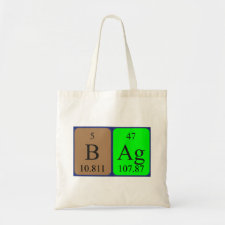
Authors: Xiao YH, Xiao R, Tang J, Zhu QK, Li XM, Xiong Y, Wu XW
Article Title: Preparation and adsorption properties of molecularly imprinted polymer via RAFT precipitation polymerization for selective removal of aristolochic acid I.
Publication date: 2017
Journal: Talanta
Volume: 162
Page numbers: 415-422.
DOI: 10.1016/j.talanta.2016.10.014
Alternative URL: http://www.sciencedirect.com/science/article/pii/S0039914016307494
Abstract: The molecularly imprinted polymers (MIP) were prepared via aqueous RAFT precipitation polymerization, with aristolochic acid I (AAI) as the template molecule, AA as the functional monomer, EGDMA as the cross-linker, AIBN as the chain initiator, CTP as the chain transfer agent and 80% (g/g) DMF-aqueous solution as the porogen. The differential UV-vis spectra revealed that a cooperative hydrogen-bonding complex between AAI and AA might be formed at the molar ratio of 1:3 in prepolymerized system. The synthesized MIPs were characterized by FTIR spectra, solid UV-visible absorption spectra, nitrogen adsorption-desorption isotherms and scanning electron microscope, which proved that the MIPs and NIPs have the similar chemical structures and the adding of AAI could affect the size and morphology of the microspheres. UV-visible absorption spectra and High-performance liquid chromatography (HPLC) was used to investigate the adsorption and recognition properties of the MIPs. The Scatchard isotherm model described that the binding sites independently acted. The Langmuir isotherm model suggested an excellent imprinting effect owing to the presence of a large number of specific binding sites on the MIP. The Freundlich model indicated that the AAI could be readily absorbed by MIP. Selective absorption of the template molecule was demonstrated in presence of its analogous compounds, benzoic acid and nitrobenzene. The recycling experiments implied that the MIP could be reused to further selective recognition and separation to AAI for six times at least. MIP was developed for removal of AAI from the Aristolochia manshuriensis extraction. The results indicated that 25 mg of MIP could remove the AAI below the HPLC detection limits (6.47 ng mL-1) from 5.0 mL of the extraction (CAAI=0.0018 mg mL-1) with the recovery of AAI to 91.50% (n=3, SD=4.24%). Therefore, it is clearly revealed that the MIP can be a useful tool to remove toxic compounds from natural products
Template and target information: aristolochic acid I
Author keywords: Aristolochic acid I, Molecularly imprinted polymers, RAFT, precipitation polymerization, Aristolochia manshuriensis



Join the Society for Molecular Imprinting

New items RSS feed
Sign-up for e-mail updates:
Choose between receiving an occasional newsletter or more frequent e-mail alerts.
Click here to go to the sign-up page.
Is your name elemental or peptidic? Enter your name and find out by clicking either of the buttons below!
Other products you may like:
 MIPdatabase
MIPdatabase









